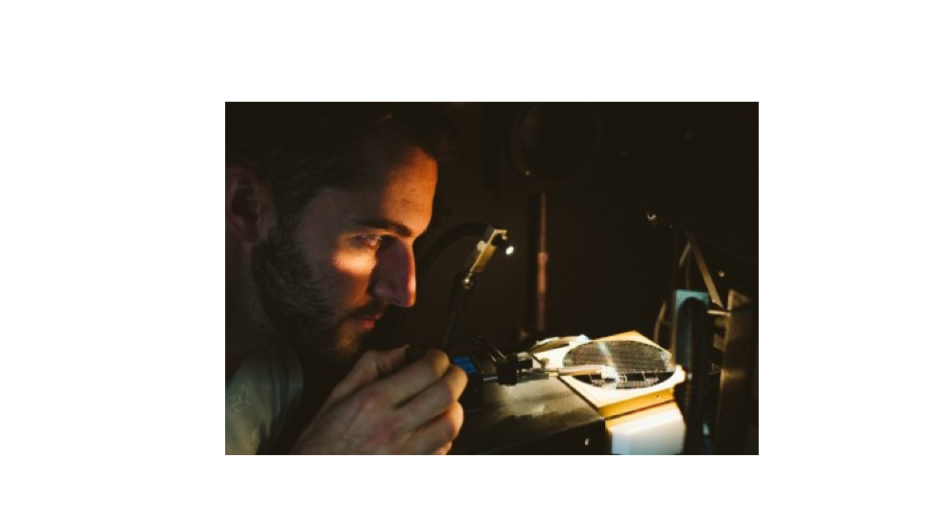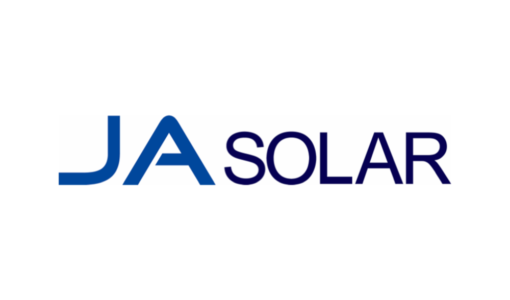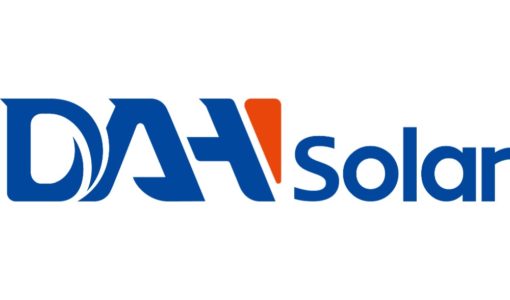- Fraunhofer ISE has achieved 22.3% efficiency record for a multi-junction solar cell with silicon and III-V semiconductor materials
- By directly growing III-V layers on the silicon, it was able to achieve the efficiency record
- The efficiency record was achieved under project MehrSi along with other project partners
Germany’s Fraunhofer ISE has reported a new efficiency record of 22.3% for a multi-junction solar cell using silicon and III-V semiconductor materials. It stresses that III-V layers were directly grown on the silicon. It achieved the feat along with project partners TU Ilmenau, the Philipps University of Marburg and production equipment manufacturer AIXTRON SE.
Funded by the German Federal Ministry for Education and Research BMBF, the MehrSi project used the approach to directly grow the III-V layers on the silicon solar cell, while carefully controlling the atomic structure to allow gallium and phosphorus atoms arrange on the correct lattice sites at the interface to the silicon material. The researchers managed to increase the distance between the atoms in the crystal lattice to produce the gallium arsenide material.
Having attempted to address these challenges for over a decade, Fraunhofer said the effort finally paid off and the team successfully produced a III-V/Si tandem solar cell with the 22.3% efficiency record using the direct growth approach. It says the efficiency value was published in the internationally recognized table of the best research-cell efficiencies worldwide on December 25, 2018.
“We are delighted with this result for the direct growth of III-V semiconductors on silicon, an important research approach for tandem solar cells,” said Dr. Andreas Bett, institute director of Fraunhofer ISE. “In Freiburg, we are presently building a new research center for high efficiency solar cells. Our work on tandem cells will be carried out in the new facilities upon its completion in 2020. With the improved technical infrastructure, we expect the developments in multi-junction solar cells based on silicon to accelerate rapidly.”
Dr. Frank Dimroth, coordinator of the MehrSi project, said direct growth of III-V layers on silicon can help avoid the use of expensive III-V substrates for epitaxy which can be a key technology for the cost-effective manufacture of high efficiency tandem solar cells in the future.
In December 2018, Oxford PV achieved 28% power conversion efficiency for perovskite silicon tandem solar cell, certified by NREL (see 28% Efficiency For Oxford PV Perovskite Cell).












